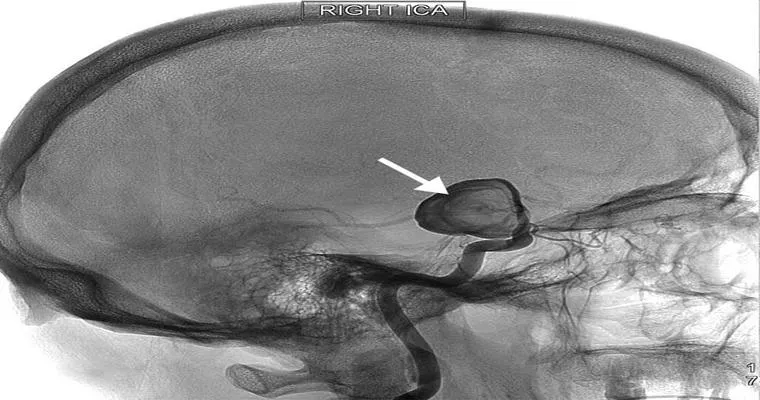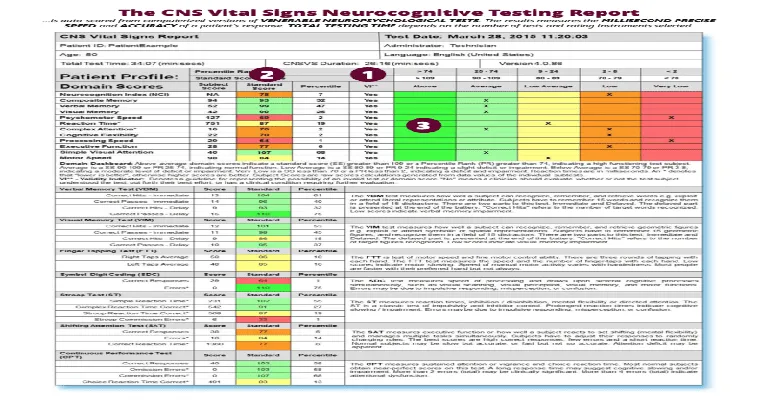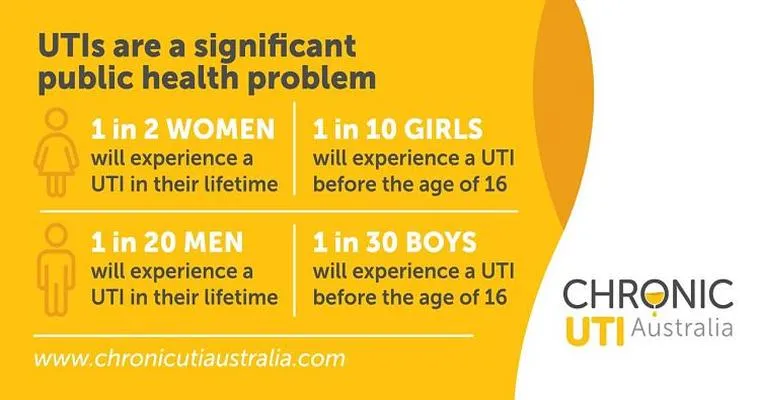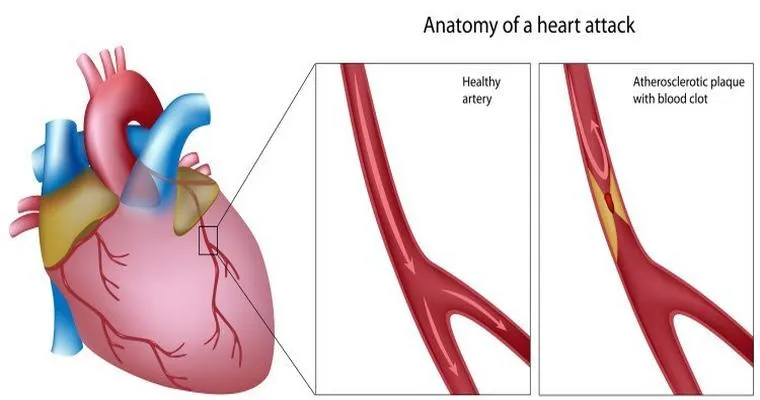Strokes are serious medical emergencies that require immediate attention. Understanding how "strokes are diagnosed" and "treated" can be crucial for recovery and improving outcomes. In this article, we will explore the diagnostic methods and treatment options available for stroke patients, focusing on the importance of timely intervention and rehabilitation.
Diagnosing a Stroke
The diagnosis of a stroke typically begins with a thorough "medical history" and a "physical examination". Healthcare providers will assess the patient's symptoms, which may include sudden numbness, confusion, difficulty speaking, or severe headache. The FAST acronym is often used to help recognize the signs of a stroke:
"F"ace drooping
"A"rm weakness
"S"peech difficulties
"T"ime to call emergency services
Once a stroke is suspected, doctors may use several "diagnostic tests" to confirm the diagnosis and determine the type of stroke. The two main types of strokes are "ischemic strokes", caused by a blockage of blood flow, and "hemorrhagic strokes", caused by bleeding in the brain.
Imaging Tests
To visualize the brain and identify the presence of a stroke, healthcare providers commonly utilize imaging tests such as:
1. "CT Scan (Computed Tomography)": This is often the first imaging test performed. It helps identify bleeding in the brain and can also reveal areas affected by ischemia.
2. "MRI (Magnetic Resonance Imaging)": An MRI provides detailed images of the brain and can detect changes that a CT scan may not show, particularly in the early stages of an ischemic stroke.
3. "Carotid Ultrasound": This test examines blood flow in the carotid arteries to detect any narrowing or blockages that could lead to a stroke.
4. "Cerebral Angiography": In some cases, doctors may perform this procedure to visualize the blood vessels in the brain more clearly.
Laboratory Tests
In addition to imaging, various "laboratory tests" may be conducted to investigate potential underlying causes of the stroke. These tests can include blood tests to check cholesterol levels, blood sugar levels, and the presence of clotting disorders.
Treating a Stroke
The treatment for a stroke depends on its type and the severity of the condition. For "ischemic strokes", the primary goal is to restore blood flow to the brain. This can be achieved through the following methods:
1. "Thrombolytics (Clot Busters)": Administered within a narrow window of time after the onset of symptoms, these medications dissolve blood clots and restore blood flow.
2. "Mechanical Thrombectomy": For larger clots, a minimally invasive procedure may be performed to physically remove the clot from the blood vessel.
3. "Antiplatelet Agents": After initial treatment, patients may be prescribed medications like aspirin to prevent future clots.
For "hemorrhagic strokes", treatment focuses on controlling bleeding and reducing pressure in the brain. This may involve:
1. "Surgery": In some cases, surgical intervention may be required to repair blood vessels or remove excess blood from the brain.
2. "Endovascular Procedures": These may be performed to seal off the bleeding vessel using coils or other methods.
Rehabilitation After a Stroke
After the initial treatment, stroke patients often require "rehabilitation" to regain lost skills and improve their quality of life. Rehabilitation may include physical therapy, occupational therapy, and speech therapy, tailored to the individual's needs.
Conclusion
In conclusion, timely diagnosis and treatment of strokes are critical components in managing this life-threatening condition. Understanding how "strokes are diagnosed" and the various treatment options available can empower individuals to act quickly in the face of a potential stroke. For anyone experiencing stroke symptoms, it is essential to seek immediate medical attention, as early intervention can significantly impact recovery outcomes.





